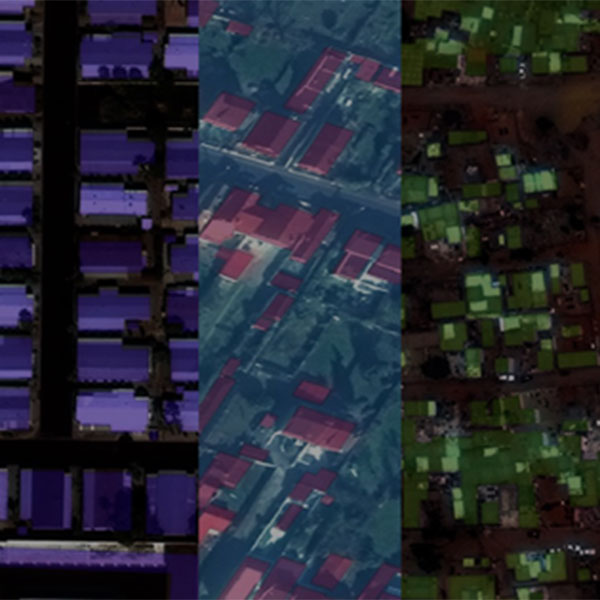

This goal delivers the space capabilities, assets, and tools that underpin SpaceNet and directly address the Decadal Plan, the 2011 Roadmap, and parts of the new Satellite Utilisation Policy.īuild, launch, and operate the i-INSPIRE and INSPIRE-2 spacecraft (already funded separately) and extend them into a sustainable, multi-generational, innovative program of balloon flights and spacecraft projects that stimulates and leads Australia’s national efforts and contributes strongly to international space, astronomy, & EOS research.ĭevelop new instruments (e.g., advanced photonics-based spectrographs and imagers for EOS) and spacecraft systems (e.g., plasma-based thrusters, integrated and miniaturized control systems) for RG1a that also address national needs for operational EOS imaging and spectroscopy.ĭevelop and use novel numerical and computational tools that enable linked research between the CIs and colleagues across the University and beyond. SpaceNet involves novel EOS-focused instruments, satellites, and UAVs and analyses of EOS data on fundamental and applied research of national significance.
SPACENET 2 FREE
SpaceNet will do such analyses with Brazilian & other international partners.ĮOS services are absolutely crucial to modern Australia but over 40% of the free EOS data Australia currently relies on will likely be unavailable or costly by 2018. Similarly for triple-bottom-line (economic, environmental, societal) analyses of space weather and climate change. Measuring Amazon (and global) greenhouse emissions is increasingly important geopolitically and is only done reliably via EOS. We desire an EOS focus and to develop the breadth of SpaceNet across science, engineering, geosciences, sustainability, and agriculture. A time window exists to establish national leadership in the space science and EOS applications domain and set a path towards a national space research & applications network, COEs, and CRCs. Imagine, for instance, modern Australia without EOS and GPS for global weather prediction, disaster / environmental /harvest / security monitoring, precision agriculture, and mineral exploration.Īustralia’s first satellite utilisation policy was released in April 2013 and focuses strongly on EOS, PNT, and related space systems & services. Such space-sourced data and services are increasingly important to Australia’s defence, economy, environmental stewardship, governance, security, and society.
SPACENET 2 PLUS
These plus (geo)spatial information systems provide many of the basic tools that underlie modern agriculture, climate and environmental stewardship, financial systems, mineral and other natural resource management and extraction, and natural hazard detection and mitigation. Space involves multiple independent dynamical systems and so has strong links to areas like atmospheric, complex system, Earth system, and environmental science.Īustralia’s 2013 space policy focuses on Earth observations from space (EOS), positioning, timing, navigation (PNT e.g., GPS), communication services provided by satellites. This will fill a strategic gap in Australia’s national research infrastructure between targeted capability areas like Terrestrial Systems, Solid Earth, Astronomy etc. DIISR’s 2011 Strategic Roadmap proposes development of a broad enabling capability (like eResearch, Biological Collections, Fabrication etc.) in Space Science.


 0 kommentar(er)
0 kommentar(er)
